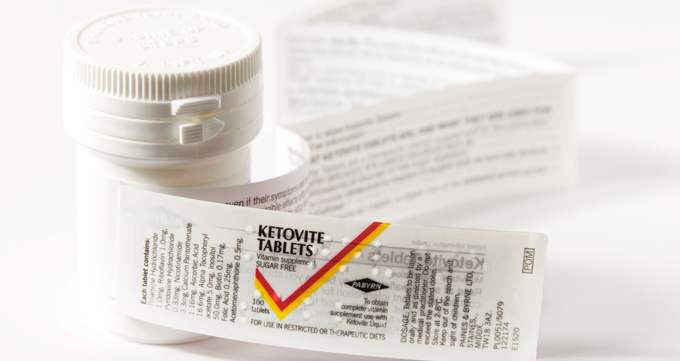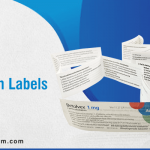Braille labelling
The Braille system was devised in 1825 by a Frenchman Louis Braille, who himself was blind. Braille is read by passing one’s fingers over embossed characters made up of 6 points. The Braille alphabet is not a language itself but a means of representing letters and/ or words of a language. Where packaging and labelling is concerned, the 6 points in each block can be printed onto the self-adhesive label or embossed onto the carton to form letters of the alphabet or even complete words. Braille has been adapted to almost every known language.
Some facts about Braille*:
It has been mandatory to include Braille on all new EU Marketing Authorisations since 30th October 2005. According to Article 56(a) of Council Directive 2001/83/EC it will be mandatory to include Braille on all EU pharmaceutical packaging by October 2010. This includes pharmaceutical products which were launched prior to October 2005.
Braille must show the name of the medicine and the appropriate strength, where more than one strength is available. In some markets the dose-form will also be required, where more than one dose is available. Inclusion of Braille on pharmaceutical packaging will significantly improve the safety of medicines for blind Braille readers.






